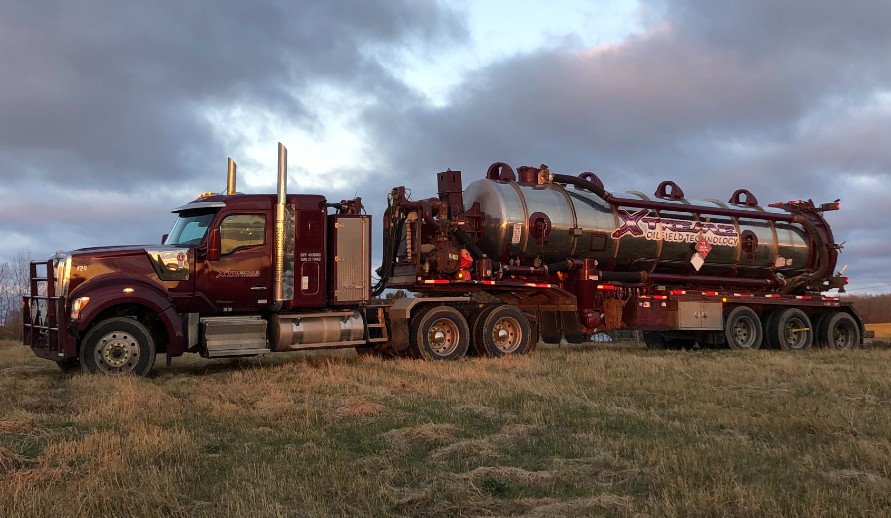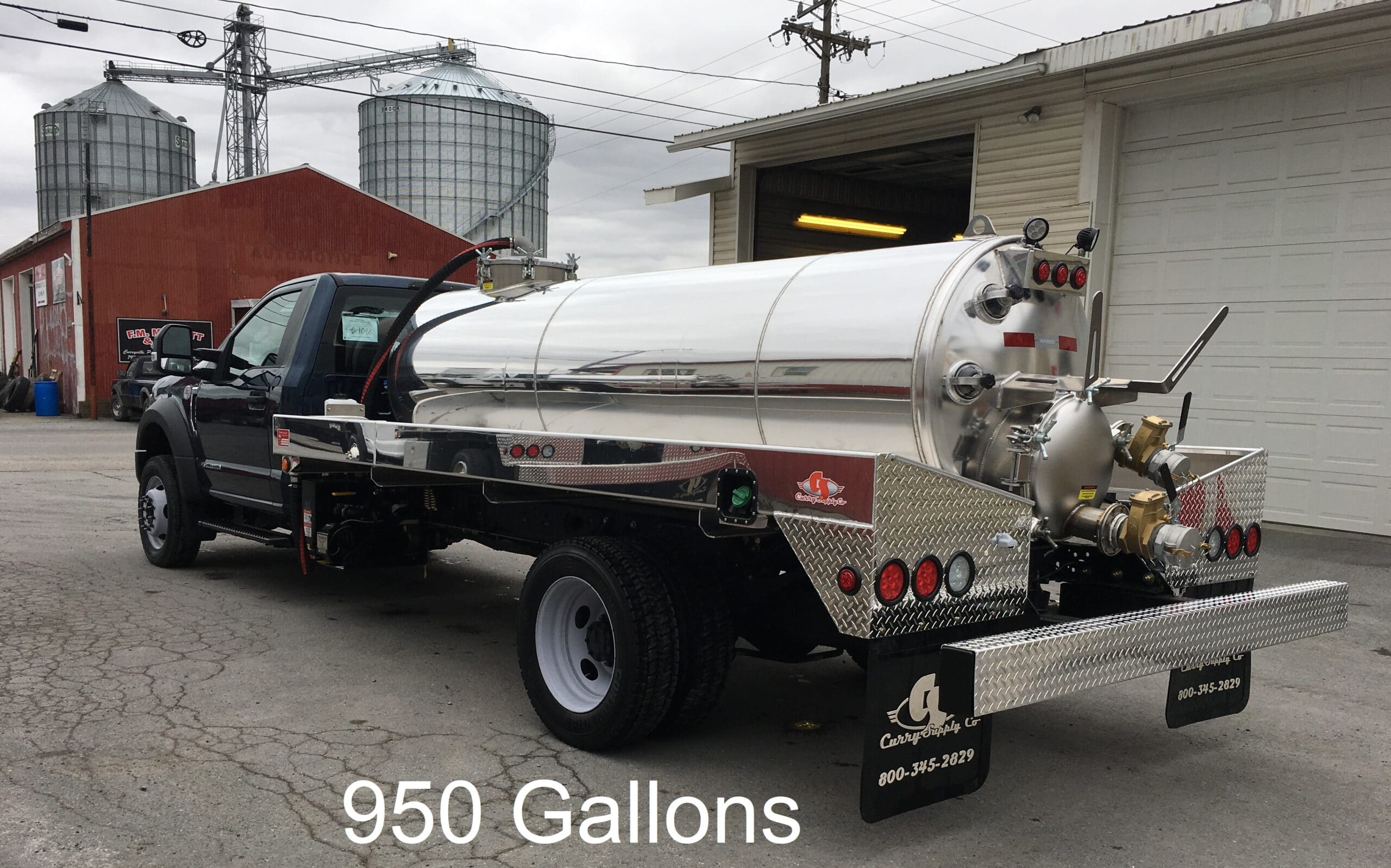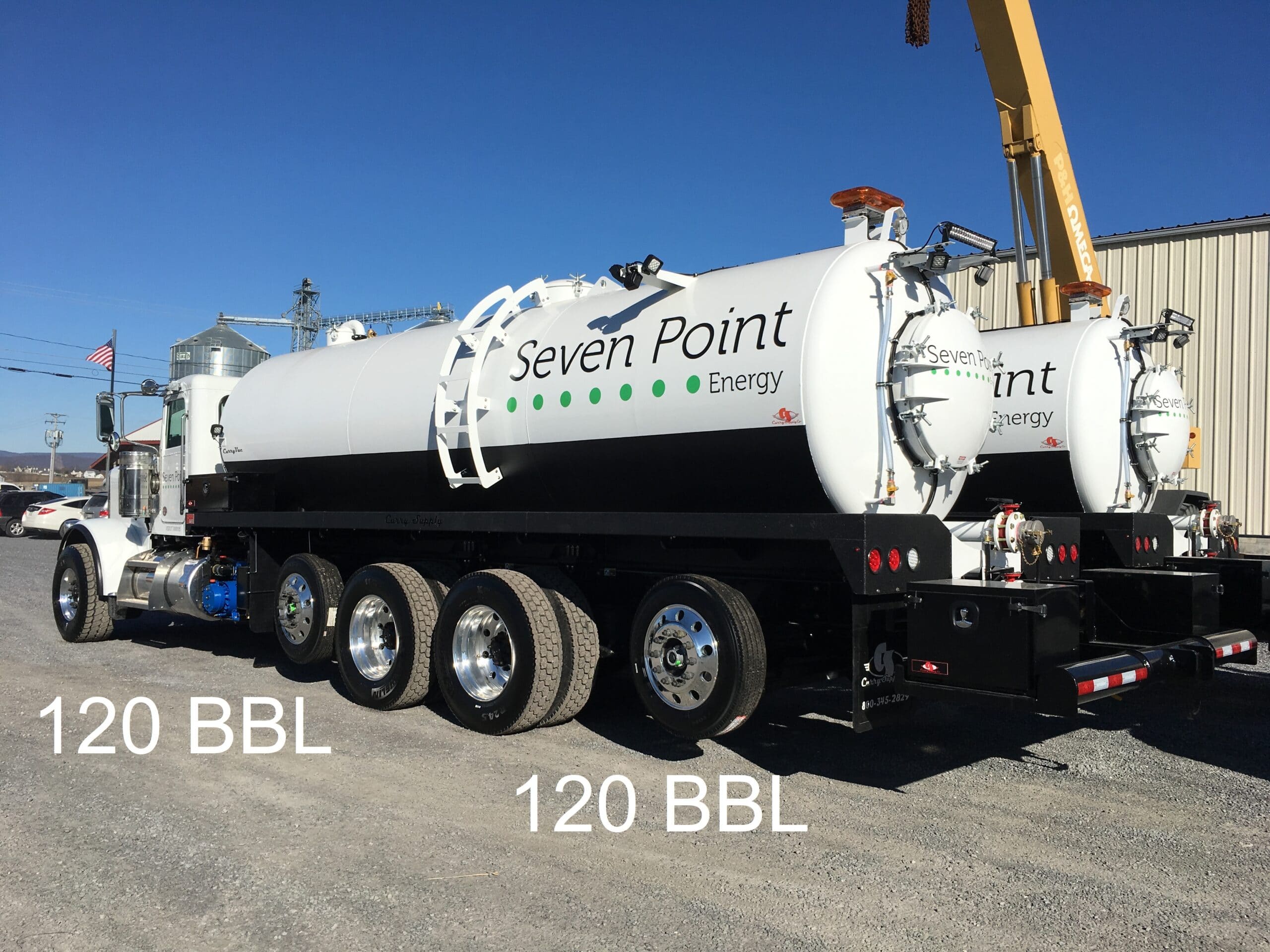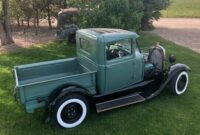Oilfield Vacuum Trucks For Sale: A Comprehensive Guide to Essential Equipment pickup.truckstrend.com
The oil and gas industry is a complex ecosystem, demanding specialized equipment to ensure efficient operations, worker safety, and environmental compliance. Among the most critical pieces of machinery are oilfield vacuum trucks. These robust vehicles are the workhorses of the sector, indispensable for managing liquids, slurries, and other materials inherent to drilling, production, and maintenance activities. For businesses and operators looking to acquire or upgrade their fleet, understanding the nuances of oilfield vacuum trucks for sale is paramount. This comprehensive guide will delve into everything you need to know, from their fundamental purpose to crucial buying considerations and market insights.
What Are Oilfield Vacuum Trucks? The Backbone of Fluid Management
Oilfield Vacuum Trucks For Sale: A Comprehensive Guide to Essential Equipment
At its core, an oilfield vacuum truck is a heavy-duty commercial vehicle equipped with a powerful vacuum pump and a large cylindrical tank designed to suction, transport, and discharge various liquids, sludges, and sometimes dry bulk materials. Unlike standard vacuum trucks, those used in the oilfield are built to withstand the rigorous demands of harsh environments and handle potentially hazardous substances.
Key components typically include:
- Chassis: A robust truck chassis (e.g., Peterbilt, Kenworth, Freightliner, Volvo) provides the foundation, often configured with multiple axles (tandem, tri-axle) to handle heavy loads.
- Vacuum Pump: The heart of the system, these pumps (often positive displacement rotary vane or liquid ring) create the powerful suction needed to load materials. Their capacity is measured in CFM (Cubic Feet per Minute) and their ability to pull a vacuum in inches of mercury (Hg).
- Tank (Debris Body): Constructed from durable materials like carbon steel, stainless steel, or aluminum, these tanks are designed to safely contain a range of fluids. Capacities vary widely, typically measured in barrels (BBL) or gallons.
- Hose Reels and Hoses: Heavy-duty hoses are used to connect to the source material, often stored on hydraulic or manual reels.
- Safety Systems: Given the nature of the materials handled, these trucks are outfitted with critical safety features such as overfill protection, emergency shut-offs, grounding and bonding systems to prevent static discharge, rollover stability, and sometimes explosion-proof electrical components.

Why Oilfield Vacuum Trucks Are Essential: Beyond Just Suction
The importance of oilfield vacuum trucks extends far beyond simply moving fluids. They are vital for:
- Safety: Handling flammable, corrosive, or toxic substances like crude oil, produced water, drilling mud, and various chemicals is inherently dangerous. Vacuum trucks minimize human exposure, reducing the risk of accidents, injuries, and health hazards. Their sealed systems prevent leaks and spills during transport.
- Environmental Compliance: Regulatory bodies like the EPA and state environmental agencies impose strict rules on waste disposal and spill prevention. Vacuum trucks are crucial for containing spills, cleaning up contaminated sites, and ensuring proper transport of waste materials to designated treatment or disposal facilities, thereby preventing environmental damage and avoiding hefty fines.
- Operational Efficiency: These trucks are integral to numerous oilfield operations. They are used for:
- Well Servicing: Recovering frac fluids, wellbore cleanouts, removing sand and debris from production wells.
- Drilling Operations: Managing drilling mud, cuttings, and wastewater.
- Production Facilities: Emptying storage tanks, sumps, and separators, transferring crude oil or produced water.
- Pipeline Maintenance: Cleaning lines, removing blockages, and managing spills during repairs.
- Spill Response: Rapid deployment for accidental releases, minimizing spread and environmental impact.

- Versatility: A single vacuum truck can perform a multitude of tasks, making it a highly versatile and cost-effective asset for oilfield companies.

Types of Oilfield Vacuum Trucks: Matching the Tool to the Task
While the core function remains the same, oilfield vacuum trucks come in various configurations, each suited for specific applications:
- Standard Vacuum Trucks: The most common type, used for general fluid transfer and waste removal. They feature either a rotary vane or liquid ring pump.
- Rotary Vane Pumps: Air-cooled, good for dry and wet materials, cost-effective, but can be susceptible to damage from excessive liquid.
- Liquid Ring Pumps: Water-cooled, ideal for handling high volumes of liquids, slurries, and even some corrosive materials, as the process fluid (often water) acts as a sealant and coolant.
- Hydrovac Trucks (Hydro-Excavators): These specialized trucks combine high-pressure water (for cutting and loosening soil) with a powerful vacuum system (for removing the spoils). While not solely "vacuum trucks," they are indispensable in the oilfield for non-destructive excavation around buried pipelines and utilities, preventing damage and improving safety.
- Combination Sewer/Vacuum Trucks: Less common for direct oilfield production but sometimes used for site infrastructure maintenance, capable of jetting and vacuuming.
- Tank Material and Capacity:
- Carbon Steel: Most common, durable, cost-effective for general use.
- Stainless Steel: Superior corrosion resistance, ideal for corrosive chemicals or produced water with high salt content, but more expensive.
- Aluminum: Lighter weight, allowing for higher payloads and better fuel efficiency, but generally less durable for abrasive materials and more expensive.
- Capacities range from smaller 70-80 BBL (2,940-3,360 gallons) units for tight spaces to massive 130 BBL (5,460 gallons) or larger trucks for high-volume operations.
Key Considerations When Buying Oilfield Vacuum Trucks
Purchasing an oilfield vacuum truck is a significant investment. Careful consideration of several factors will ensure you acquire the right equipment for your needs:
- Intended Use and Material Type: What specific materials will you be handling (crude oil, produced water, drilling mud, chemicals, sand, etc.)? This dictates tank material, pump type, and necessary safety features.
- Compliance and Certifications: This is non-negotiable. Ensure the truck meets all federal (DOT, EPA), state (e.g., Texas Railroad Commission, California CARB), and industry-specific (API, ASME) regulations.
- ASME Code (Section VIII, Div. 1): Essential for pressure vessels, ensuring the tank is built to safely handle vacuum and pressure.
- DOT HazMat Endorsements: For transporting hazardous materials.
- API RP 1621/RP 1626: Recommended practices for vacuum trucks in petroleum service.
- Explosion-Proof Ratings: Critical for handling flammable liquids and gases.
- New vs. Used:
- New Trucks: Offer warranties, the latest technology, customizable features, and often better financing terms. Higher upfront cost.
- Used Trucks: More budget-friendly, immediate availability, and potentially quicker ROI. Requires thorough inspection, checking maintenance records, and verifying pump and tank integrity. Be wary of hidden issues.
- Pump Specifications: Look at CFM (airflow), maximum vacuum, and drive type (PTO-driven from the truck engine or auxiliary engine). Higher CFM means faster loading.
- Tank Features: Consider internal baffles (for stability), heating coils (for viscous fluids), manways (for cleaning and inspection), and cleanout ports.
- Safety Features: Reiterate the importance of overfill protection, emergency shut-offs, static grounding reels, rollover stability, and proper lighting.
- Maintenance History and Parts Availability: Especially crucial for used trucks. A well-documented maintenance history indicates a responsible owner. Ensure parts for the chassis and vacuum system are readily available.
- Budget and Financing: Determine your budget range. Explore financing options, including loans, leases, or rent-to-own programs, which can make the purchase more manageable.
Where to Find Oilfield Vacuum Trucks For Sale: Your Buying Roadmap
Finding the right oilfield vacuum truck requires knowing where to look:
- Specialized Commercial Truck Dealerships: Many dealerships specialize in heavy-duty and vocational trucks, including new and used vacuum trucks from major manufacturers. They often provide sales, service, and parts.
- Online Marketplaces: Websites like TruckPaper.com, MyLittleSalesman.com, CommercialTruckTrader.com, and EquipmentTrader.com have extensive listings from dealers and private sellers across North America.
- Equipment Auction Houses: Companies like Ritchie Bros. Auctioneers and IronPlanet frequently auction off used oilfield equipment, including vacuum trucks. Auctions can offer good deals but require quick decision-making and often "as-is" purchases.
- Industry-Specific Platforms: Look for oil and gas equipment forums, classifieds, and specialized brokerage websites.
- Direct from Operators/Companies: Sometimes, oilfield companies are liquidating assets or upgrading their fleets. Networking within the industry or contacting companies directly can uncover opportunities.
- Rental Companies: Rental companies often sell off older units from their fleet. These trucks are typically well-maintained, as regular servicing is part of their business model.
Practical Advice for a Successful Purchase
- Conduct a Thorough Pre-Purchase Inspection: Never buy sight unseen. If you’re not an expert, hire a certified heavy-duty mechanic or a specialized inspection service to thoroughly evaluate the truck’s chassis, engine, transmission, vacuum system, tank integrity, and safety features. Pay close attention to the vacuum pump’s condition and the tank’s interior for corrosion or cracks.
- Verify All Documentation: Ensure the truck has a clear title, current registrations, and all necessary certifications (ASME, DOT, API). Check the VIN for any lien history or past accidents.
- Test Drive and Operate: If possible, test drive the truck to assess its roadworthiness. Operate the vacuum system to ensure the pump pulls proper vacuum and the controls function correctly.
- Understand Total Cost of Ownership: Beyond the purchase price, factor in insurance, fuel, ongoing maintenance, and potential future repairs.
- Negotiate Wisely: Be prepared to negotiate, especially for used trucks. Knowledge of the market value and the truck’s condition will give you leverage.
Challenges and Solutions in the Market
- Finding Specific Configurations: The oilfield has diverse needs. Clearly defining your requirements beforehand (tank size, pump type, chassis configuration) will narrow your search.
- Budget Constraints: Used trucks offer a cost-effective solution, but diligent inspection is crucial. Exploring various financing options can also alleviate upfront costs.
- Regulatory Compliance: The regulatory landscape is complex and constantly evolving. Work with reputable sellers who can provide all necessary documentation and ensure the truck meets current standards. Consider engaging a consultant if unsure.
- Maintenance & Downtime: All heavy equipment requires maintenance. Factor in regular servicing and be prepared for unexpected repairs. Having a robust maintenance program in place or access to reliable service providers is key.
Oilfield Vacuum Trucks For Sale: Estimated Price Guide
Please note that prices for oilfield vacuum trucks can vary significantly based on age, condition, mileage, pump type, tank capacity, chassis manufacturer, and market demand. The table below provides general estimates.
| Category | Typical Year Range | Tank Capacity (BBL) | Condition | Estimated Price Range (USD) | Key Features/Notes |
|---|---|---|---|---|---|
| Used Entry-Level | 2005-2012 | 70-90 | Fair | $45,000 – $85,000 | High mileage, older chassis, rotary vane pump, basic safety features. May require immediate maintenance. Good for low-volume, non-hazardous operations or as a backup. |
| Used Mid-Range | 2013-2018 | 80-110 | Good | $90,000 – $160,000 | Moderate mileage, well-maintained, mix of rotary vane/liquid ring pumps, some modern safety features. Good value for regular operations. |
| Used Premium/Newer | 2019-2023 | 100-130+ | Excellent | $170,000 – $250,000 | Lower mileage, very good condition, often includes liquid ring pumps, advanced safety systems, newer chassis. Close to new performance without the full new price tag. |
| New Standard | Current Year | 80-110 | New | $280,000 – $380,000+ | Customizable, full warranty, latest emissions standards, choice of pump, comprehensive safety suite. Built to order. |
| New High-Capacity/Specialized | Current Year | 120-130+ (or Hydrovac) | New | $390,000 – $600,000+ | Largest capacities, specialized features (e.g., heated tanks, advanced filtration, hydro-excavation capabilities), premium chassis, cutting-edge technology and safety. |
Disclaimer: Prices are highly variable and subject to change based on market conditions, specific truck configurations, location, and seller. This table serves as a general guide only.
Frequently Asked Questions (FAQ) about Oilfield Vacuum Trucks
Q1: What is the average lifespan of an oilfield vacuum truck?
A1: With proper maintenance, an oilfield vacuum truck chassis can last 15-20 years or more, often accumulating 500,000 to 1,000,000 miles. The vacuum system (pump and tank) can also last a similar duration, though pumps may require rebuilding or replacement every 5-7 years depending on usage and the materials handled.
Q2: What certifications are legally required for these trucks?
A2: Federally, they must meet DOT regulations for commercial vehicles and potentially HazMat transport. Tanks often require ASME Section VIII, Div. 1 certification for pressure vessels. State-specific regulations (e.g., Texas Railroad Commission rules for oilfield waste) and environmental permits are also common. API Recommended Practices (e.g., RP 1621) are industry best practices for safety. Always verify all required certifications with the seller and relevant regulatory bodies.
Q3: Can a standard vacuum truck be converted for oilfield use?
A3: While some modifications are possible, it’s generally not recommended or cost-effective to convert a standard vacuum truck for dedicated oilfield use. Oilfield trucks are built from the ground up with reinforced chassis, specialized vacuum pumps, corrosion-resistant tanks, and crucial explosion-proof safety features that standard trucks lack. Attempting to retrofit these would be prohibitively expensive and might not meet safety or regulatory standards.
Q4: How often should the vacuum pump be serviced?
A4: Service intervals depend on the pump type, manufacturer’s recommendations, and intensity of use. Generally, pump oil should be checked daily and changed according to manufacturer guidelines (e.g., every 200-500 operating hours). Bearings, seals, and vanes (for rotary vane pumps) should be inspected regularly and replaced as needed, often on an annual or bi-annual basis, or when performance degrades.
Q5: What are the most important safety features to look for?
A5: Critical safety features include:
- Overfill Prevention System: Automatically shuts off suction when the tank is full to prevent spills and damage.
- Emergency Shut-Offs: Easily accessible buttons to immediately kill the engine and/or vacuum system.
- Grounding and Bonding Reels: Essential for dissipating static electricity when handling flammable materials.
- Rollover Stability Systems: Help prevent the truck from tipping, especially when loaded with liquids.
- Internal Tank Baffles: Reduce liquid surge during transport, improving stability.
- Pressure Relief Valves: Prevent over-pressurization or excessive vacuum in the tank.
Q6: Is financing available for used oilfield vacuum trucks?
A6: Yes, financing is widely available for both new and used oilfield vacuum trucks. Many commercial truck dealerships offer in-house financing, and there are specialized equipment finance companies that understand the oil and gas industry’s unique needs. Loan terms and interest rates will depend on your creditworthiness, the truck’s age and condition, and the lender’s policies.
Conclusion
Oilfield vacuum trucks are more than just vehicles; they are indispensable assets that underpin the safety, environmental integrity, and operational efficiency of the oil and gas industry. Whether you are a small independent operator or a large service company, investing in the right vacuum truck is a strategic decision that directly impacts your bottom line and compliance record. By understanding the different types available, diligently evaluating key considerations, and leveraging the diverse market options, you can confidently acquire a powerful tool that will serve your operations reliably for years to come. Remember, in the demanding world of oil and gas, an informed purchase is a smart investment.


